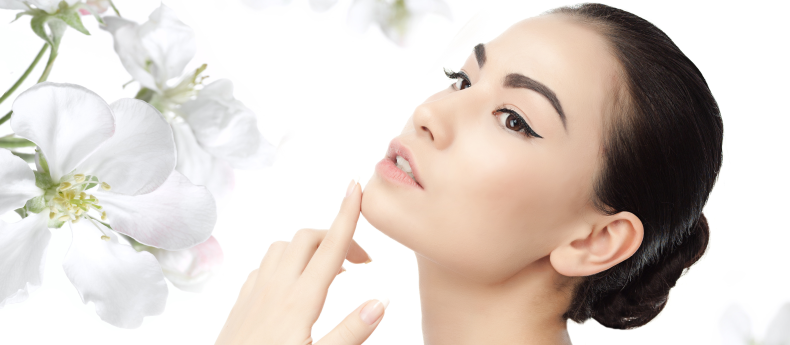
Smoothing Your Wrinkles Away
For that “refreshed look”, the use of Botox as a medical injectable is a quick and popular method of eradicating wrinkles. Another common minimally invasive aesthetic treatment is the use of dermal fillers, aimed at “ironing out” the creases.
What exactly are fillers and how are they different from Botox?
Botox treats dynamic wrinkles by relaxing the facial muscles. On the other hand, fillers fill up the creases that result from static wrinkles, resulting in a smoother tissue surface. This is especially useful to address age-related changes in the face, and is done by injecting the filler beneath the skin surface to “push up” the lines or creases from below.
The most prevalent and common type of filler is hyaluronic acid (HA). This is a chemically synthesized product that is analogous to a component of our own soft tissue structure. In addition, HA binds to water upon injection into the skin and produces a network for collagen and elastin fibers to bind together, resulting in a volume increase in the soft tissue.
What are the common indications for treatment? I’ve heard about combination treatment. How does that work?
Fillers can be used for creases, folds, and contour deficits or defects.
Creases or static wrinkles are those which the skin is already crinkled even without movement. Examples are static forehead creases, “smokers’ lines” around lips and “marionette lines”, which run from the edge of the mouth to the jaw line.
Folds are pronounced junctions between anatomical zones usually due to aging. These include the eyelid-cheek junction (the so-called tear trough deformity) and the nasolabial fold (between the cheek and lower nose).
Contour deficits or defects include deeply set temples, hollowness of the eye, or the cheek and deep scars. These areas can be augmented by injecting fillers. More recently, diluted and non-cross-linked HA can be used to treat scars by injecting it superficially into the skin
Augmentation using fillers can be extended to increase the fullness of lips, the prominence of the chin, as well as to supplement a flat nose bridge. This can also be applied to the rejuvenation of earlobes as well as the back of the hands.
Combination therapy with Botox is possible to treat both static and dynamic wrinkles. This can be done between the eyebrows and around the eyes and mouth. A popular use of combination therapy in Asia is to create the V-shaped face, using Botox to slim the jaw line while using fillers to increase the length of the chin.
Are they any adverse effects, and if so, how long do they last?
The common side effects from dermal filler treatments are low risk. These include bruising, swelling, redness, tenderness, and transient bleeding at the injection sites. Lumpy irregularities can occur, so it is important to see an experienced practitioner who understands the blood supply and anatomy of the area to be injected. Allergic reactions rarely occur.
Just like Botox, injection of dermal fillers can be done as an office procedure under topical or local anesthetic. An injection of HA can last between 6 months to 1 year.
Copyright United Family Healthcare 2014 All right reserved - 京卫网审[2014]第1927号 - 京ICP备13017554号-4




